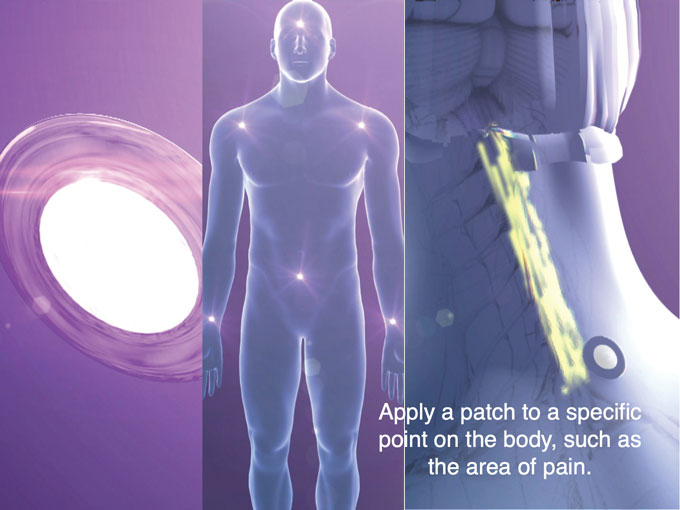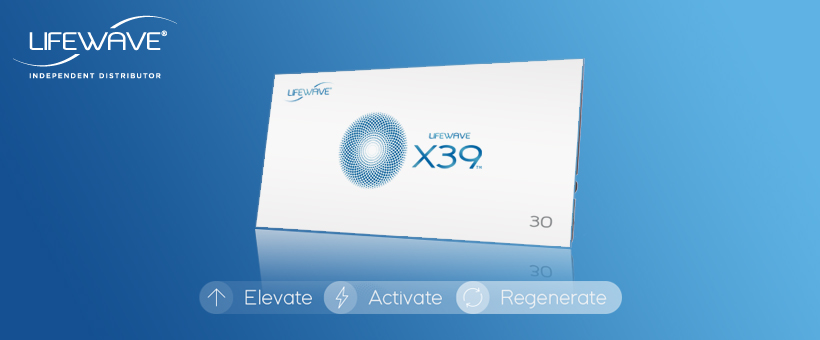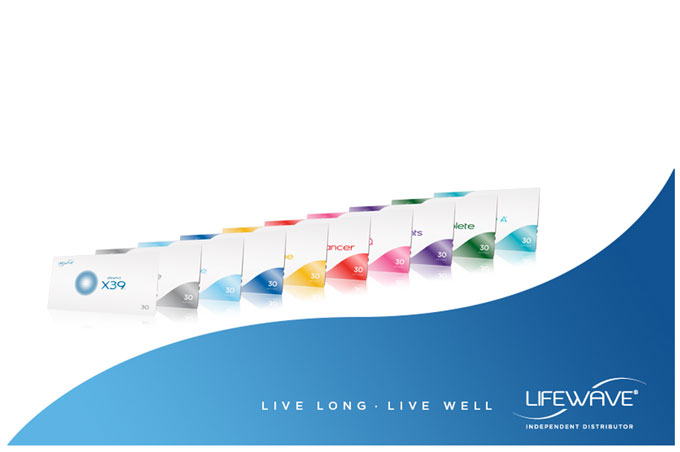Infrared Light Therapy for Skin Rejuvenation: Natural Beauty Enhancement is a groundbreaking method that harnesses the power of infrared light to revitalize your skin, leaving you with a radiant and youthful glow. This innovative treatment uses specific wavelengths of light to stimulate collagen production, reduce fine lines and wrinkles, and improve overall skin tone and texture. With no invasive procedures or harsh chemicals involved, infrared light therapy offers a safe and natural solution for enhancing your beauty. Say goodbye to dull and aging skin, and hello to a vibrant and refreshed complexion with infrared light therapy.
What is Infrared Light Therapy?
Definition
Infrared light therapy is a non-invasive procedure that uses low-level light energy to penetrate the skin and promote various skin rejuvenation benefits. It involves the use of infrared light waves, which are invisible to the naked eye but can penetrate deep into the layers of the skin. This therapy is known for its ability to stimulate collagen production, increase blood circulation, and improve cellular function, all of which contribute to healthier, more youthful-looking skin.
Mechanism of action
The mechanism of action behind infrared light therapy lies in its ability to stimulate cellular metabolism. When the infrared light waves penetrate the skin, they are absorbed by the cells, which then triggers a series of biochemical reactions. This process helps to increase the production of adenosine triphosphate (ATP), the energy currency of cells, leading to improved cellular function and overall skin health. In addition, the therapy also stimulates the production of collagen, which is essential for maintaining skin elasticity and firmness.
Benefits
Infrared light therapy offers a range of benefits for the skin. Firstly, it helps to reduce the appearance of wrinkles and fine lines by stimulating collagen production and improving skin elasticity. This can result in a more youthful and rejuvenated appearance. Secondly, the therapy can be effective in treating acne and acne scarring, as it helps to reduce inflammation and promote healing. Thirdly, infrared light therapy can help to even out skin tone by reducing hyperpigmentation and improving overall skin texture. Additionally, the therapy can address issues such as skin sagging and rosacea, providing a comprehensive solution for a wide range of skin concerns.
How Does Infrared Light Therapy Work?
Penetration of Infrared Light
Unlike other types of light, such as ultraviolet (UV) light, which can only penetrate the superficial layers of the skin, infrared light has the ability to penetrate much deeper. Infrared light waves can reach the dermis, the layer of skin below the epidermis, where key skin structures, such as collagen and blood vessels, are located. This deep penetration allows for targeted treatment and stimulation of the cells responsible for skin rejuvenation.
Stimulation of Collagen Production
Collagen is a protein that provides structural support to the skin. As we age, collagen production naturally decreases, leading to the formation of wrinkles and fine lines. Infrared light therapy can help to counteract this process by stimulating the production of new collagen. The therapy activates fibroblast cells, which are responsible for collagen synthesis, leading to improved skin elasticity and reduced signs of aging.
Increased Blood Circulation
One of the key benefits of infrared light therapy is its ability to improve blood circulation. The therapy stimulates the expansion of blood vessels and promotes the flow of oxygen and nutrients to the skin cells. This increased blood circulation helps to nourish the skin, improve cellular function, and enhance the overall health and appearance of the skin. By promoting better blood flow, infrared light therapy can also help to speed up the healing process and reduce inflammation.
Skin Conditions Treated by Infrared Light Therapy
Wrinkles and Fine Lines
Infrared light therapy is particularly effective in reducing the appearance of wrinkles and fine lines. By stimulating collagen production and improving skin elasticity, the therapy can help to smooth out wrinkles and give the skin a more youthful appearance. Regular sessions of infrared light therapy can lead to long-term improvements in the overall texture and quality of the skin.
Acne and Acne Scarring
Infrared light therapy can be a valuable treatment option for individuals struggling with acne and acne scarring. The therapy works by targeting the bacteria responsible for acne breakouts and reducing inflammation in the skin. Additionally, it helps to promote healing and regeneration, which can help to diminish the appearance of acne scars over time.
Hyperpigmentation
Hyperpigmentation refers to the darkening of certain areas of the skin, often caused by an overproduction of melanin. Infrared light therapy can help to address hyperpigmentation by targeting the excess melanin and breaking it down, resulting in a more even skin tone. The therapy also stimulates cellular turnover, which can contribute to the reduction of hyperpigmentation and the promotion of a brighter complexion.
Rosacea
Rosacea is a chronic skin condition that causes redness, flushing, and sometimes the development of small bumps on the face. Infrared light therapy can help to alleviate the symptoms of rosacea by reducing inflammation and calming the skin. The therapy has been shown to improve the overall appearance of rosacea-prone skin, leading to a more even and balanced complexion.
Skin Sagging
As we age, the skin naturally loses its elasticity, leading to sagging and drooping. Infrared light therapy can help to address this issue by stimulating collagen production and improving the firmness of the skin. Regular sessions of infrared light therapy can help to tighten and lift the skin, resulting in a more youthful and rejuvenated appearance.
Advantages of Infrared Light Therapy
Non-Invasive and Painless
One of the major advantages of infrared light therapy is that it is a non-invasive procedure, meaning it does not require any surgical incisions or injections. The therapy uses light energy to target the skin, eliminating the need for invasive procedures. Additionally, the therapy is generally painless, with most individuals experiencing a comfortable warmth during the treatment.
No Downtime Required
Unlike many other skin rejuvenation treatments, infrared light therapy does not require any downtime. After a session of infrared light therapy, you can resume your normal activities immediately. This makes this therapy a convenient option for individuals with busy schedules who cannot afford to take time off for recovery.
Safe for All Skin Types
Another advantage of infrared light therapy is its suitability for all skin types. Whether you have fair or dark skin, the therapy can be safely and effectively used to address a variety of skin concerns. It is important to note that infrared light therapy is non-ablative, meaning it does not damage the outermost layer of the skin, making it a safe option for individuals with sensitive skin as well.
Can Be Used in Combination with Other Treatments
Infrared light therapy can be used in combination with other skin rejuvenation treatments to enhance and accelerate the results. It can be integrated into a comprehensive skincare routine that includes other therapies such as chemical peels, microdermabrasion, or laser treatments. This versatility allows for personalized treatment plans tailored to individual needs, maximizing the effectiveness of the overall skincare regimen.
Preparation and Procedure
Consultation with a Dermatologist or Esthetician
Before undergoing infrared light therapy, it is recommended to consult with a dermatologist or esthetician. They will evaluate your skin condition, discuss your concerns and goals, and determine if infrared light therapy is the right treatment for you. The consultation is also an opportunity to ask any questions you may have and to fully understand the procedure, benefits, and potential risks.
Preparation of the Treatment Area
Prior to the infrared light therapy session, the treatment area will be prepared by cleansing the skin to remove any makeup, oils, or dirt. It is important to have a clean and dry surface for optimal results. Some practitioners may also recommend an exfoliation or gentle scrub to further prepare the skin for the therapy.
Infrared Light Therapy Session
During the therapy session, you will be positioned comfortably in a reclining chair or bed. Protective goggles will be provided to shield your eyes from the infrared light. The practitioner will then apply a thin layer of gel or serum to the treatment area to help facilitate the transmission of the light waves. The infrared light device will be positioned and activated, emitting a gentle warmth. The duration of each session may vary depending on the specific treatment plan, but sessions typically last between 15 to 30 minutes.
Post-Treatment Care
After the infrared light therapy session, there is usually no special post-treatment care required. You can immediately resume your regular skincare routine and daily activities. However, it is important to follow any specific instructions provided by your dermatologist or esthetician, such as avoiding direct sunlight or applying a soothing moisturizer. It is also essential to protect your skin from excessive sun exposure and to use a broad-spectrum sunscreen regularly.
Frequency and Duration of Treatment
Individualized Treatment Plans
The frequency and duration of infrared light therapy treatments can vary depending on individual needs and goals. During the consultation, your dermatologist or esthetician will assess your skin condition and create a personalized treatment plan. This plan will outline the recommended number of sessions and the interval between each session. Typically, a series of sessions are scheduled initially, followed by maintenance sessions to sustain the desired results.
General Guidelines
Infrared light therapy is most effective when performed regularly. As a general guideline, it is recommended to have several sessions within a short period, such as two to three sessions per week, for optimal results. The number of sessions required may vary depending on the specific skin concerns being addressed and the individual response to the therapy. It is important to follow the recommended treatment plan and to discuss any concerns or changes in your skin with your dermatologist or esthetician.
Expected Results
Improvement in Skin Texture
One of the expected results of infrared light therapy is an improvement in skin texture. The therapy works by promoting cellular turnover and collagen production, which can lead to smoother and more youthful-looking skin. Over time, you may notice that your skin feels softer, more supple, and has a more refined texture.
Reduction in Wrinkles and Fine Lines
Infrared light therapy has been shown to effectively reduce the appearance of wrinkles and fine lines. By stimulating collagen production and improving skin elasticity, the therapy can help to diminish the depth and severity of wrinkles, resulting in a smoother and more youthful complexion. However, it is important to note that individual results may vary, and multiple sessions may be required to achieve the desired outcome.
Diminished Acne and Scarring
For individuals dealing with acne and acne scarring, infrared light therapy can offer significant improvements. The therapy helps to reduce inflammation, kill acne-causing bacteria, and promote healing. This can result in a reduction in acne breakouts and a smoother, more even complexion. Additionally, the therapy can also help to fade the appearance of acne scars over time, improving the overall texture and appearance of the skin.
Evened Out Skin Tone
If you struggle with hyperpigmentation or uneven skin tone, infrared light therapy can help to address these concerns. By reducing the excess melanin in the skin and promoting cellular turnover, the therapy can help to fade dark spots and create a more even complexion. With regular sessions, you may notice that your skin appears brighter, more balanced, and free from unwanted pigmentation.
Improved Skin Elasticity
Infrared light therapy is known for its ability to improve skin elasticity. As the therapy stimulates collagen production, it helps to strengthen the skin’s support structure and enhance its ability to bounce back. The result is firmer, more lifted skin that appears more youthful and rejuvenated. This improvement in skin elasticity can be particularly noticeable in areas prone to sagging, such as the cheeks, jawline, and neck.
Possible Side Effects and Risks
Temporary Redness and Swelling
Following an infrared light therapy session, it is common to experience temporary redness and swelling in the treated area. These side effects are typically mild and subside within a few hours. Applying a cold compress or a gentle moisturizer can help to soothe the skin and alleviate any discomfort. If redness or swelling persists beyond 24 hours or worsens, it is advisable to consult with your dermatologist.
Skin Sensitivity
While infrared light therapy is generally well-tolerated, some individuals may experience mild skin sensitivity following the treatment. This can manifest as slight irritation or dryness, particularly in individuals with pre-existing sensitive skin. Using a gentle, hydrating skincare routine and avoiding harsh or abrasive products can help to minimize the symptoms of skin sensitivity.
Eye Protection
During an infrared light therapy session, protective goggles will be provided to shield your eyes from the light waves. It is crucial to wear these goggles throughout the entire session to prevent any potential damage to your eyes. Infrared light can be harmful to the eyes, so taking this precaution is essential for maintaining your ocular health.
The Role of Infrared Light Therapy in Natural Beauty Enhancement
Promotes Natural Skin Healing
Infrared light therapy is an excellent tool for promoting natural skin healing. By stimulating cellular metabolism and collagen production, the therapy works in harmony with the body’s natural processes to rejuvenate and repair the skin. Unlike invasive procedures, which can interrupt the natural healing process, infrared light therapy supports and enhances the skin’s innate ability to heal itself.
Enhances Overall Skin Health
In addition to the aesthetic benefits, infrared light therapy also contributes to improved overall skin health. The therapy helps to increase blood circulation, which nourishes the skin cells with oxygen and nutrients, enhancing their vitality and function. Furthermore, by stimulating collagen production and promoting cellular turnover, the therapy helps to maintain the structural integrity of the skin and enhance its overall health and resilience.
Complements Natural Beauty Routines
Infrared light therapy can be seamlessly integrated into your natural beauty routine. Whether you prioritize a natural skincare approach or prefer using conventional products, this therapy can enhance and complement your existing routine. The gentle, non-invasive nature of infrared light therapy makes it suitable for individuals seeking a natural and holistic approach to skin rejuvenation.
Conclusion
Infrared light therapy is a non-invasive and highly effective treatment option for skin rejuvenation and natural beauty enhancement. It offers a wide range of benefits, including the reduction of wrinkles and fine lines, the treatment of acne and acne scarring, the improvement of hyperpigmentation and rosacea, and the tightening of sagging skin. With its ability to penetrate deep into the skin and stimulate collagen production, infrared light therapy can help you achieve a more youthful, vibrant, and healthy complexion. Whether used as a standalone treatment or in combination with other therapies, it provides a safe, painless, and convenient solution for enhancing your natural beauty and promoting skin health. Consult with a dermatologist or esthetician to explore how infrared light therapy can transform your skin and boost your confidence.





